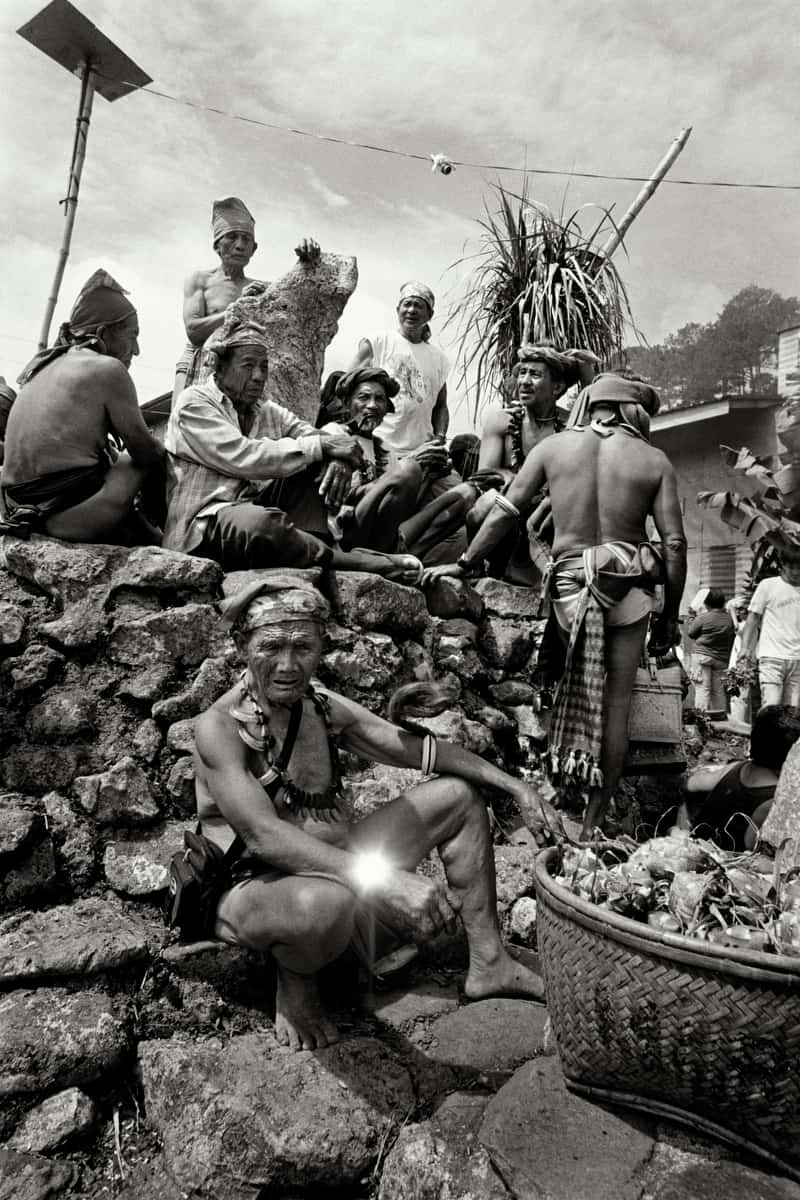MAPA Books, a new independent publisher in Southeast Asia, debuts its first title in a slate of publications with Ili, a monograph by Baguio-based veteran photographer Tommy Hafalla. Next in line is SIGNOS by Veejay Villafranca. Along with a preview of Ili, we catch up with Mapa Books founder RJ Fernandez, a London-based photographic printer.
Ili translates literally as “home village.” It is a word used widely in the Cordillera region to refer to one’s place of origin. As a member of an ili, one holds particular rights and is bound to certain responsibilities, including ritual obligations. Your ili is who you are — it is a point in space by which you identify and orient yourself, and a place through which others identify you and your kin. It is the place in which traditions are formed, as well as a site for profound historical, political, economic, and cultural change over time.
The ili is more than ever a point of departure, and the place to which one returns after having been away from home. The ili is where you belong.
For over three decades, Bartolome “Tommy” Hafalla (b. 1957) has been documenting the life and rituals of the ethnolinguistic groups that occupy the Philippine Cordillera. These areas include Benguet, Kalinga, Ifugao and the Mountain Province. Hafalla incorporates himself and his camera in the rituals that he documents, moving away from the grand narrative towards the local and particular. Many of the rituals documented are not open to the public – thus providing a glimpse of tradition not usually seen. Recognizing that tradition is alive, creative and constantly shifting, his practice is to go back to the ili time and again to photograph the same ritual unfolding in its many iterations. These rare photographs that make up ILI span a period of thirty years from 1981-2011.
Ili by Tommy Hafalla is available at www.mapabooks.com.
Mapa Books is founded by RJ Fernandez, an independent photographer and printer based in London. Formerly associated with the legendary lab BD Images, she has worked in collaboration with clients for publishers such as Aperture Foundation, Prestel, Phaidon, Rizzoli, and Assouline amongst others.
Can you tell us a bit about your background?
RJ Fernandez: In London I work primarily as a photographic printer, having worked for over 5 years at a lab called BD Images with master printer Brian Dowling. I learned so much from him as well as our colleagues Alan Beechey and Chris Clark, both amazing printers in their own right. Through BDi learned the history of photography and colour printing by working with the people that made history. Brian and I worked closely together alongside his famous clients, people I looked up to while I was still assisting in Manila. One of the reasons I studied at the Arts Institute in Bournemouth was because Nick Knight and Wolfgang Tillmans studied there! I started working in London after I graduated, shooting shows at the South Bank Centre, at the Queen Elizabeth Hall and the Royal Festival Hall. I also work as a photographer, although having a family has kept me rooted in a certain place. We travel constantly together although I would find it difficult to have a toddler running around in disused gold mines, where I shot my last project, Moving Mountains in 2012. It was unexpectedly nominated for the Prix Pictet in 2015.
Why did you set up MAPA Books? And focusing on photo books specifically – publishing is a tough business and photobooks especially is a niche some would argue.
Why did you pick ILI and SIGNOS as the first two publications?
Share

